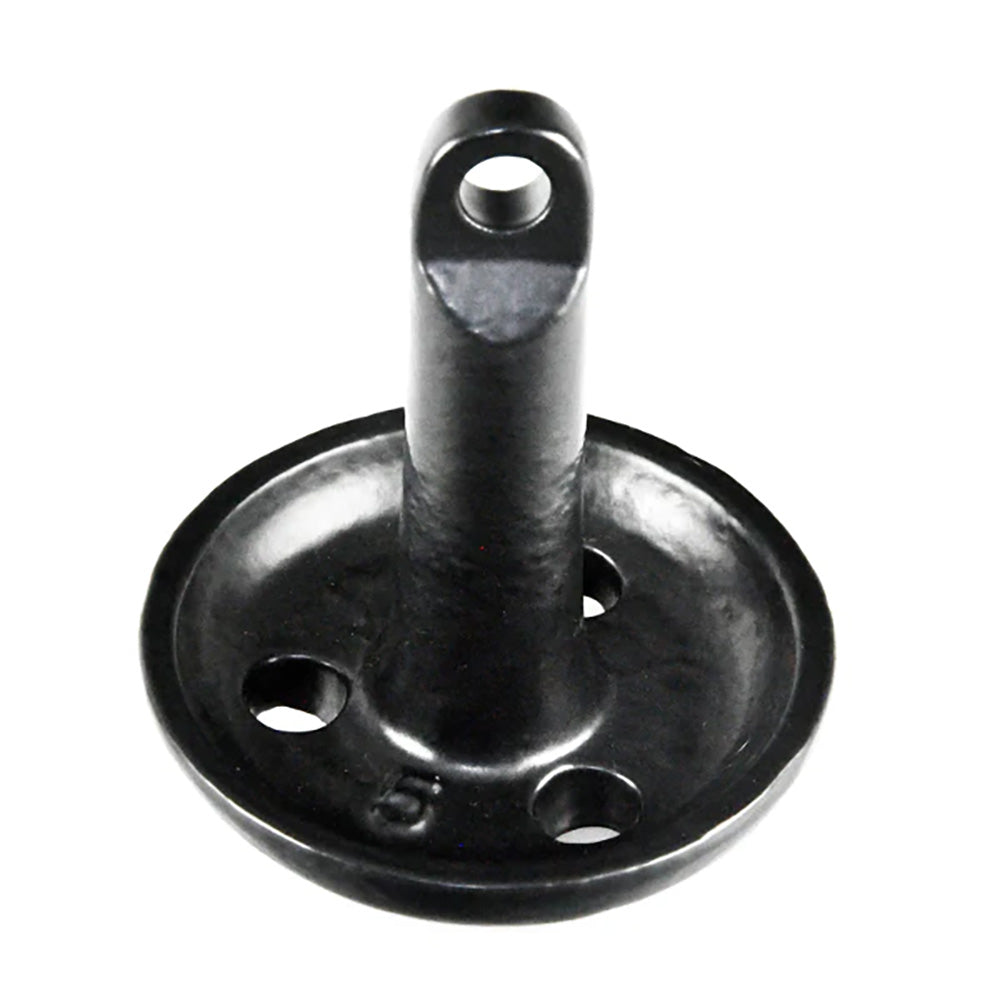When it comes to setting sail, understanding anchoring and docking is as crucial as knowing how to steer your boat. Whether you're a seasoned sailor or a novice on the water, having a firm grasp of these fundamentals can make all the difference in your marine adventures. In this comprehensive guide, we'll delve into the nitty-gritty of Anchoring and Docking, providing insights, techniques, and tips to help you sail smoothly.
Anchoring Your Boat
Anchoring plays a pivotal role in boat navigation, ensuring your vessel remains securely in place. Let's dive into this crucial aspect. First and foremost, you'll need to select the right anchor for your boat. Anchors come in various types, including fluke anchors, plow anchors, and mushroom anchors. The choice depends on your boat's size and the seabed conditions you anticipate. A lightweight Danforth anchor may be suitable for sandy bottoms, while a heavy Bruce anchor is better for rocky terrain.
It's not just the anchor type; the anchor chain also plays a vital role. Anchor chains provide the necessary weight to maintain a firm grip on the seabed. Furthermore, you'll want to consider a windlass, a mechanical device that eases the task of raising your anchor. For boats with substantial anchors, a windlass is practically indispensable.
Docking Your Watercraft
Docking can be a tricky maneuver, but with the right techniques, you can make it look easy. As you approach the dock, do so with a gentle, controlled speed. Keep your dock lines, or ropes, at the ready. These lines will serve as your lifelines, securing your boat to the dock. They should be wrapped around robust boat cleats to ensure your vessel remains snug and secure.
Mooring Buoy and Berthing
In crowded marinas and bustling harbors, mooring buoys are a lifesaver. These buoyant spheres serve as attachment points for your boat's bow and stern lines. By attaching your lines to a mooring buoy, you can avoid the hassle of searching for an available dock. Berthing, or mooring, becomes a breeze, and your boat stays safely in place.
Anchor vs Docking
Anchoring and docking are two distinct practices that every boater should understand. Anchoring is the method of keeping your boat stationary in open waters, relying on an anchor and chain to secure it. On the other hand, docking is the process of securely attaching your boat to a pier or dock. These nuances are crucial for safe and efficient navigation.
Anchor Types
The type of anchor you select is critical. Different anchors are designed for specific purposes. For example, fluke anchors are great for sandy bottoms, while plow anchors excel in areas with a lot of vegetation. Mushroom anchors are perfect for muddy or silty seabeds. It's essential to match the anchor type with the seafloor conditions you'll encounter on your journeys.
Docking Safety
Safety is paramount when it comes to docking your boat. Using bow lines and stern lines is essential. These ropes help you control your boat's orientation and prevent it from drifting or colliding with other vessels. Additionally, always stay alert and aware of your surroundings, other boats, and the influence of wind and water currents. Docking safely is about preparation and vigilance.
Anchor Chains and Windlasses
Anchor chains add the necessary weight for your anchor to maintain a solid grip on the seabed. A windlass is a mechanical device that simplifies the task of raising your anchor. It's especially valuable for boats with hefty anchors. A windlass ensures that the anchor retrieval process is smooth and efficient, saving you time and effort.
Anchoring Techniques
Effectively anchoring your boat involves mastering various techniques. The method you use may vary depending on the type of anchor you have and the seabed conditions. These techniques require practice to perfect, but they are essential for ensuring your anchor holds securely, preventing any unwelcome drift.
Docking Procedures
Docking is a skill that demands precision and practice. As you approach the dock, it's crucial to maintain a controlled speed and approach at the right angle. Your dock lines are your best allies in this endeavor. Use them to secure your boat to the dock safely and efficiently. Smooth docking enhances the safety and overall experience of your boating adventures.
Nautical Terms and Equipment
Understanding nautical terms and equipment is fundamental for clear communication and effective boat handling. Terms like "bow" (the front of the boat) and "stern" (the rear) are essential for navigating and communicating with fellow boaters. Equipment such as boat cleats, buoys, and nautical charts also play a significant role in ensuring smooth sailing and anchoring.
Marine Safety and Navigation
Safety is of utmost importance when on the water. Equip your boat with necessary safety gear, such as life vests, navigation lights, and a reliable GPS system. Navigating effectively and safely requires the use of nautical charts, which provide detailed information on water depths, hazards, and aids to navigation. Always be prepared for any situation while on the water.
Waterfront and Anchorage
One of the joys of boating is discovering picturesque waterfronts and serene anchorages. These tranquil spots provide a safe haven for your boat while allowing you to bask in the beauty of your surroundings. Exploring new waterfronts and anchorages adds a sense of adventure to your boating experiences, and they can become your favorite destinations for relaxation and exploration.
Nautical Knots
Mastering nautical knots is an essential skill for any sailor. Knot-tying knowledge allows you to secure lines and rigging on your boat effectively. It's vital to know how to tie various knots, such as the bowline, clove hitch, and square knot. These knots will prove invaluable in securing your boat and ensuring safety while out on the water.
In Conclusion
With a solid understanding of anchoring and docking, you're well-prepared for safe and enjoyable boating adventures. Whether you're exploring serene anchorages or navigating bustling harbors, these skills are your keys to maritime success. Cast off with confidence, and may your voyages be characterized by smooth sailing and memorable experiences. This comprehensive guide equips you with the knowledge and expertise to anchor and dock your boat like a seasoned mariner







































